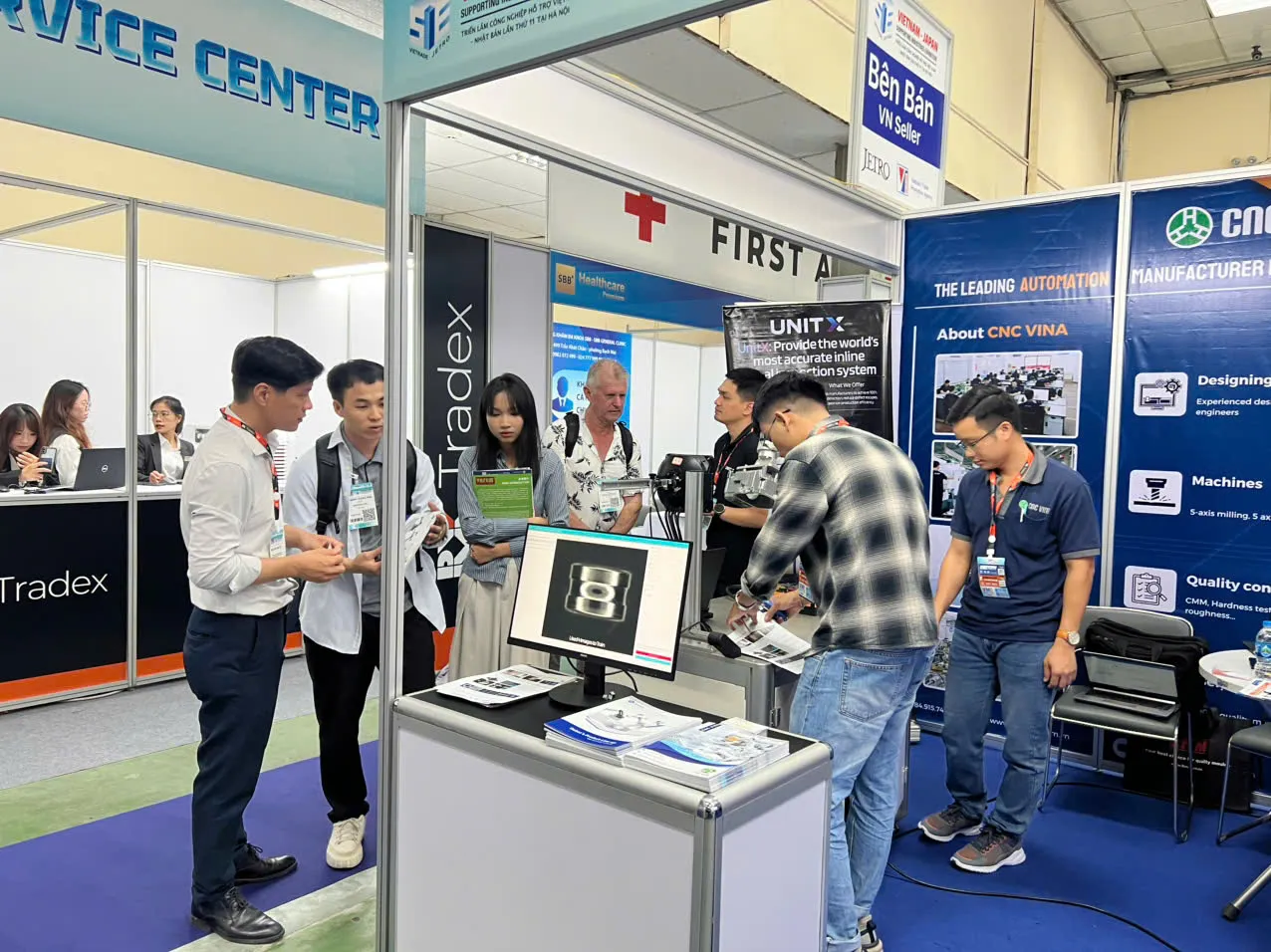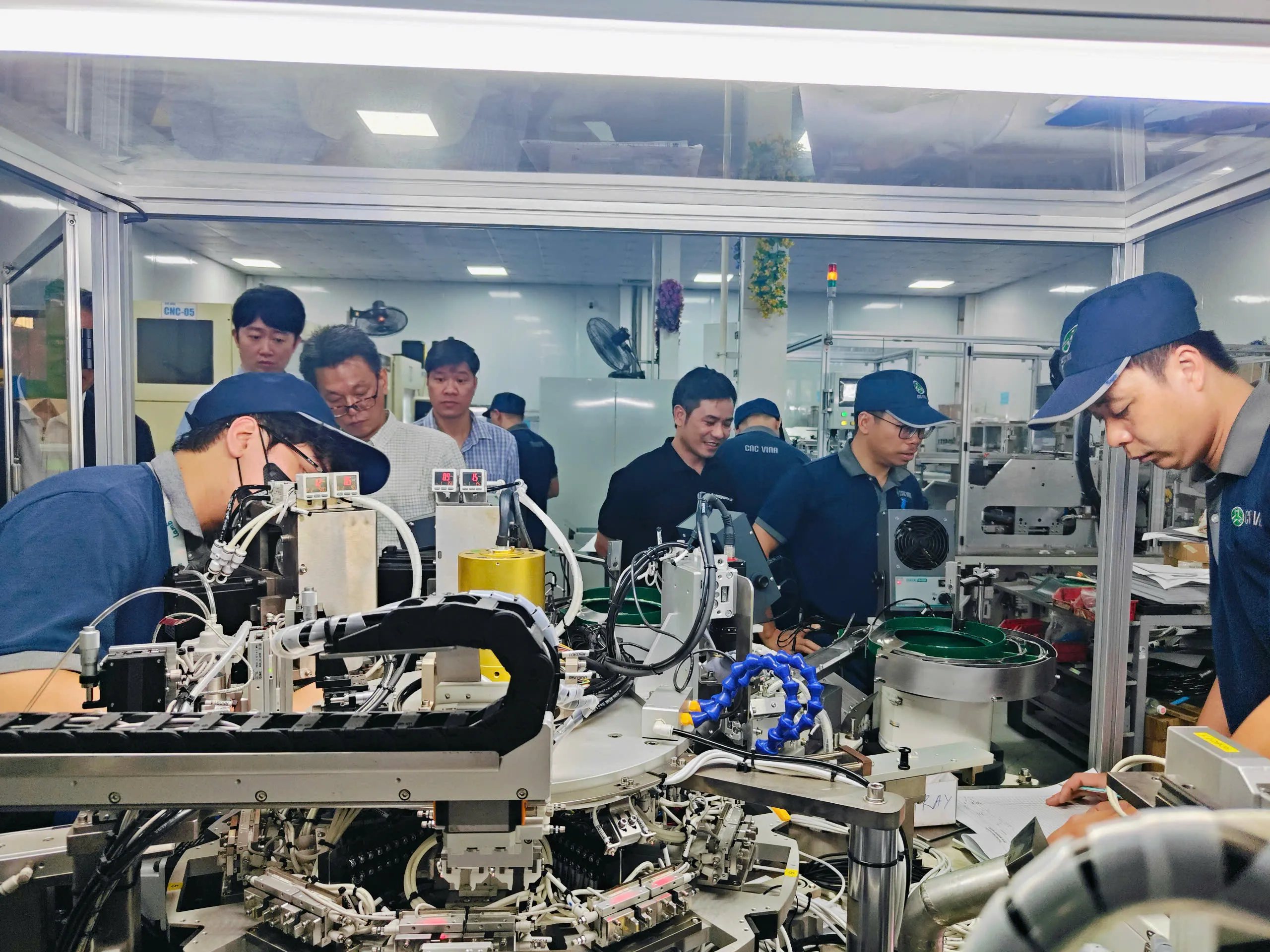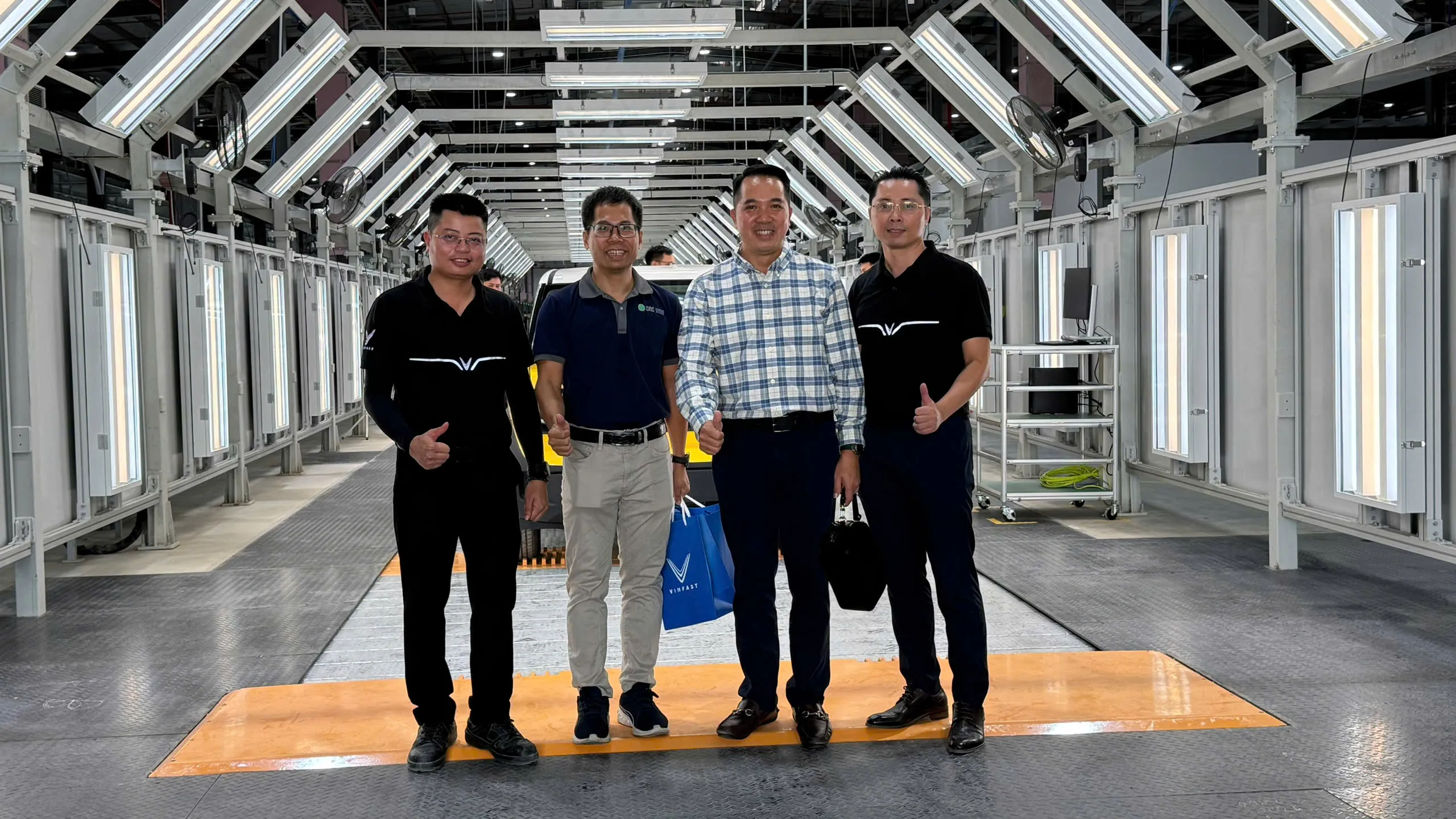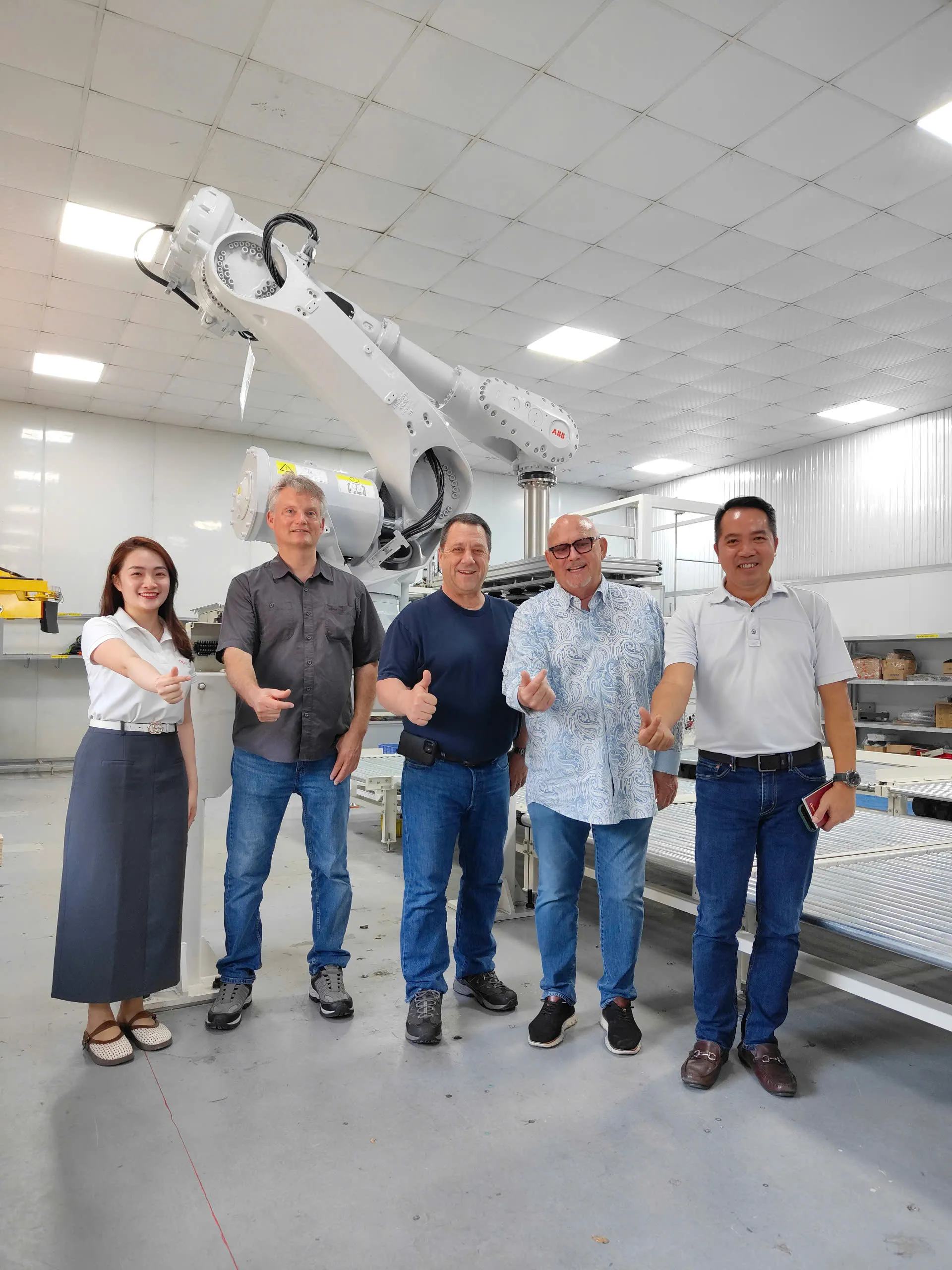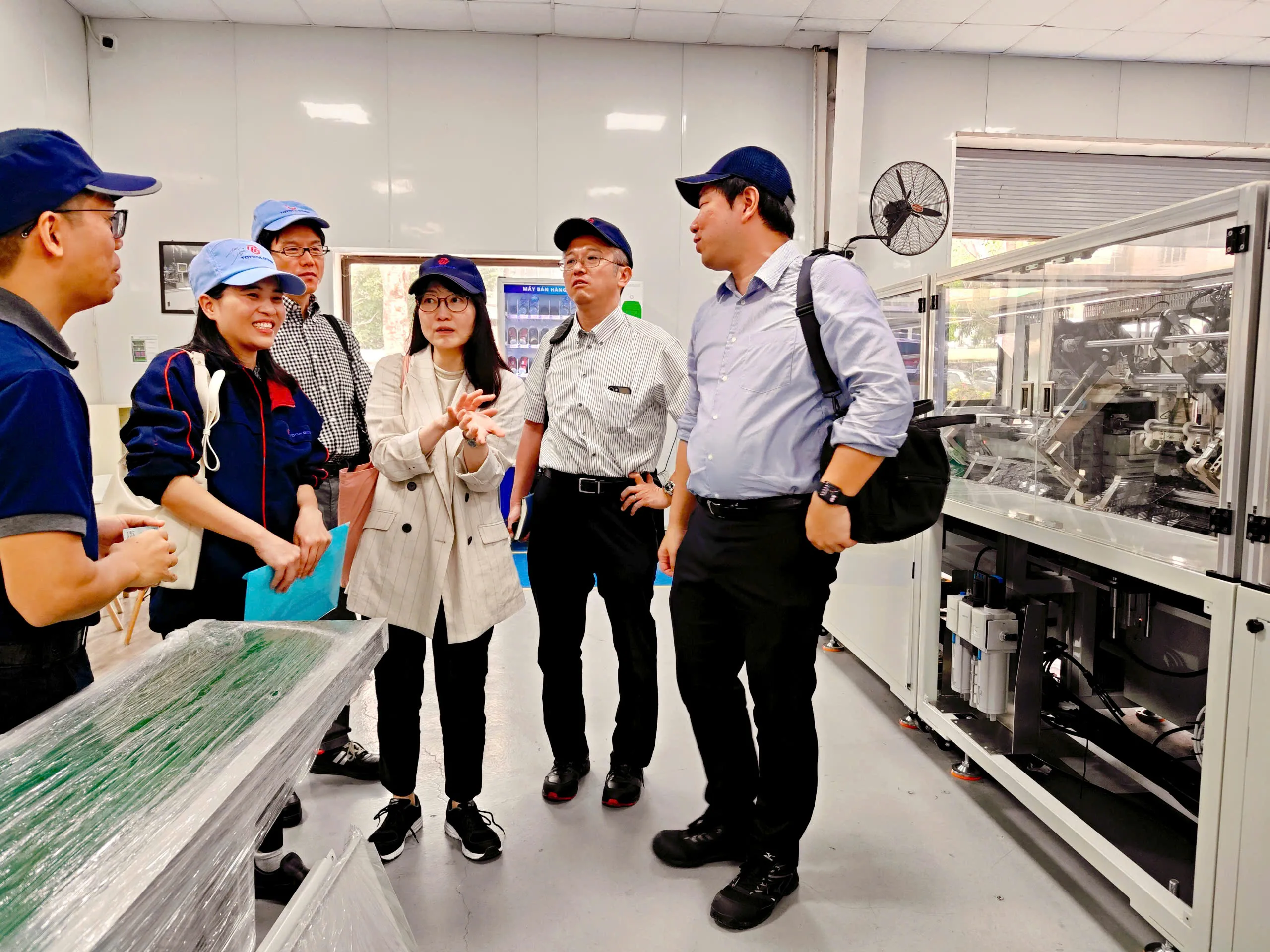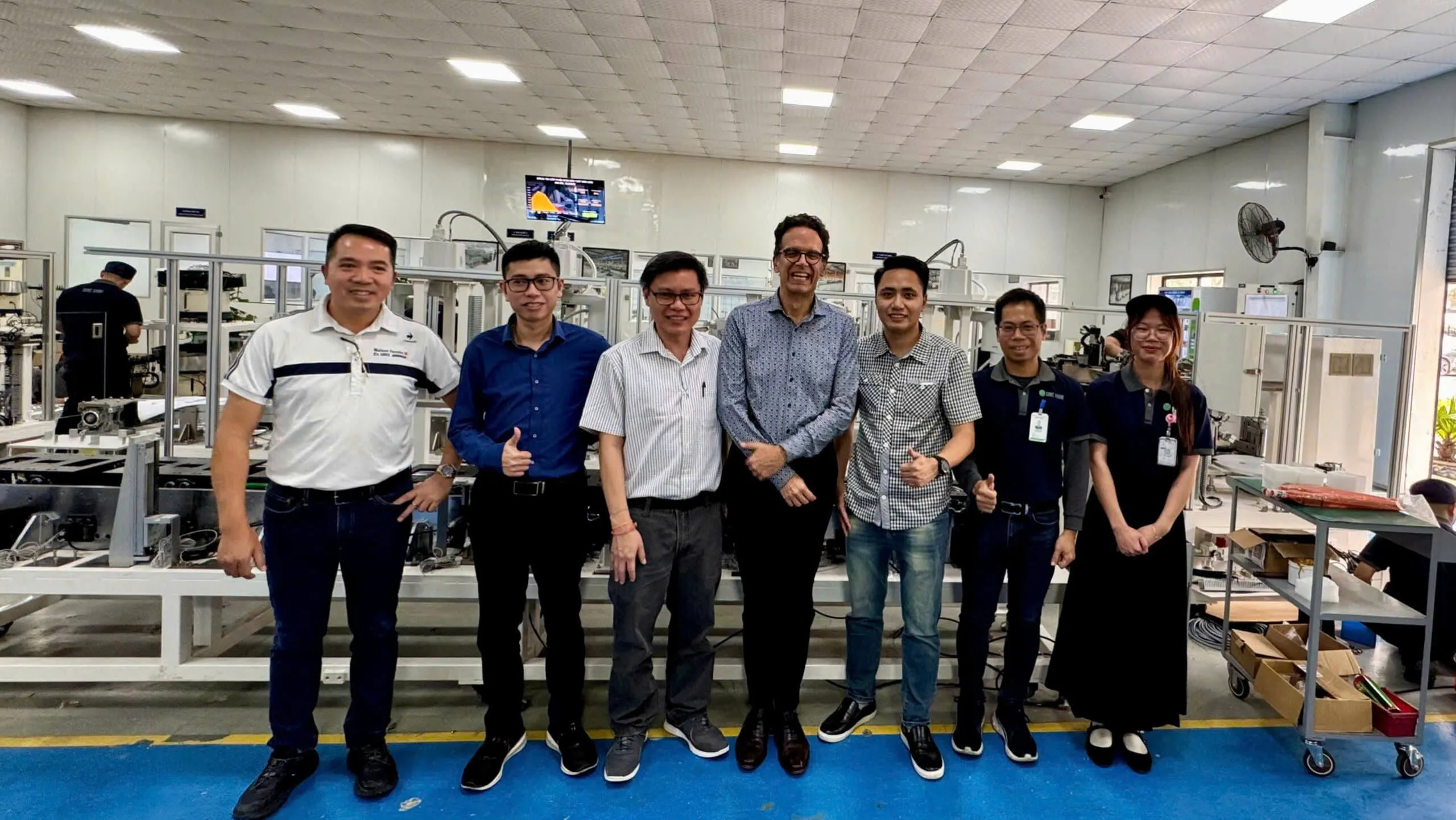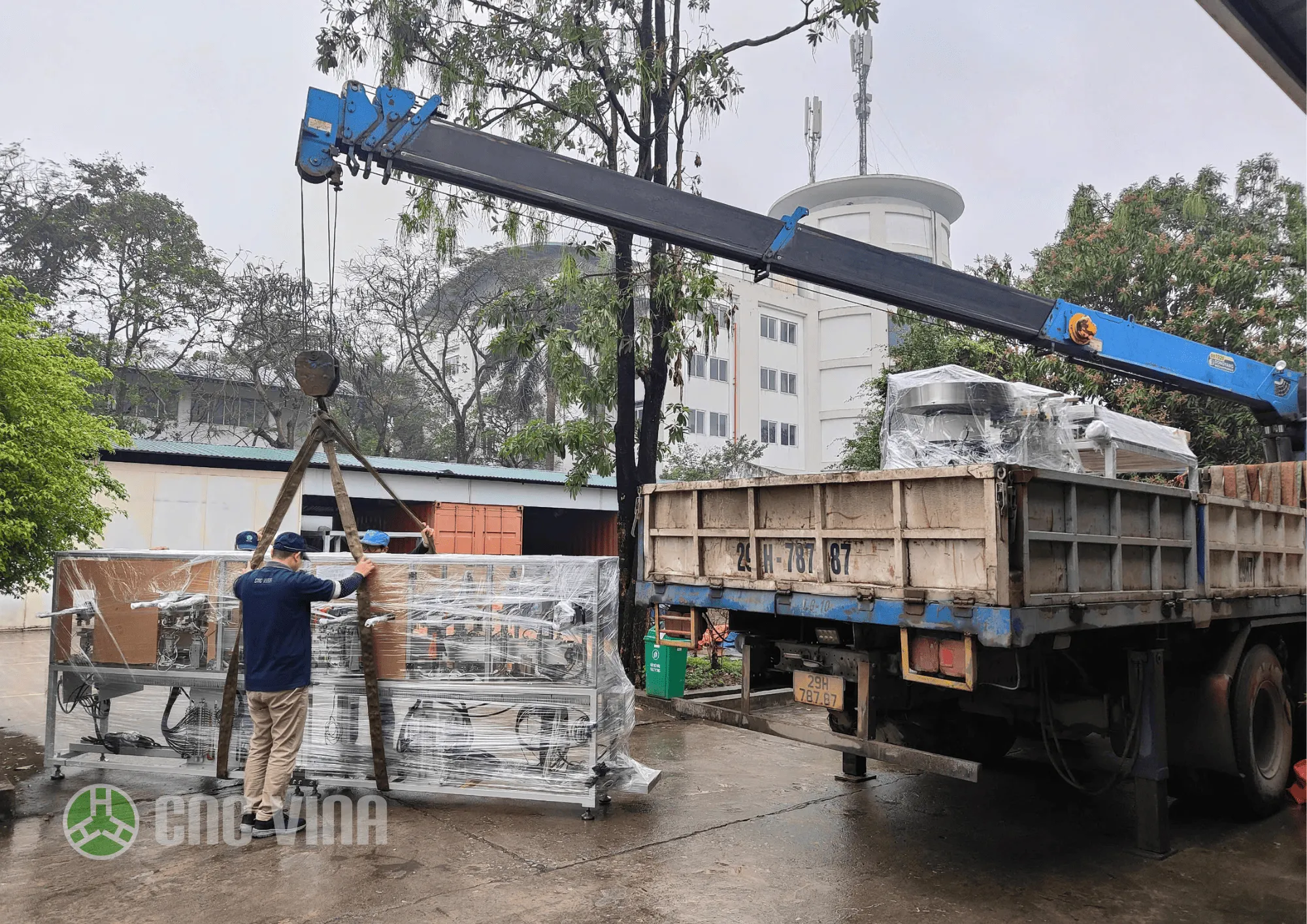Comparison between manual aluminum foil sealing machines and automatic aluminum foil sealing machines
Introduction to aluminum foil sealing
Definition of aluminum foil sealing
Aluminum foil sealing is a method of packaging and preserving products by using aluminum foil to cover the surface of an item and then sealing it using a sealing machine. This process helps protect the product from contamination, moisture, and environmental impacts.
Aluminum foil sealing also provides an anti-tampering measure and ensures product integrity, as it makes accessing the product difficult without causing noticeable damage or alteration to the product surface.

The Importance of aluminum foil sealing in the packaging industry
Aluminum foil sealing plays a vital role in the packaging industry with the following advantages:
-
Product preservation: Aluminum foil sealing protects products from the effects of light, moisture, and other environmental elements, helping maintain product quality and prolong shelf life.
-
Product protection: The foil layer safeguards the product from external factors such as dust, bacteria, and oxidation, which is especially important for perishable or contamination-prone products.
-
Tamper evidence: Foil sealing makes it harder to access the product, thereby enhancing trust and integrity. This helps prevent or minimize fraud and boosts consumer confidence.
-
Brand value enhancement: Using foil sealing can create an impression of luxury, cleanliness, and professionalism, enhancing brand value and attracting customers.
-
Regulatory compliance: In industries such as food, pharmaceuticals, and cosmetics, sealing is a mandatory requirement to comply with safety and hygiene standards.
In summary, aluminum foil sealing not only ensures product protection and preservation but also plays a crucial role in boosting credibility, brand value, and regulatory compliance within the packaging industry.
Manual aluminum foil sealing machine
Usage instructions
Step 1: Prepare the machine and the items to be sealed
-
Inspect the machine: Ensure the sealing machine is properly connected and functioning correctly.
-
Prepare the product: Place the item to be sealed in the correct position on the conveyor or working table.
Step 2: Set parameters
-
Adjust temperature: If the machine allows temperature adjustment, set it according to the type of aluminum foil and product.
-
Set sealing time: Choose a sealing duration that ensures proper adhesion without damaging the product.
Step 3: Seal the product
-
Position the product: Place the item in the appropriate spot on the conveyor or work table.
-
Activate the machine: Turn on the machine and initiate the sealing program.
-
Monitor the sealing process: Watch the process to ensure the foil is uniformly and securely sealed over the product.
-
Inspect the result: After sealing, check the product to ensure sealing quality and reliability.
Step 4: Clean and maintain the machine
-
Power off the machine: After use, turn off the machine and ensure all parts are safely closed.
-
Clean the machine: Remove debris and dust after each use to maintain stable operation.
-
Periodic maintenance: Lubricate parts, check mechanical components, and replace damaged parts to ensure efficiency and durability.
Step 5: Follow safety regulations
-
Workplace safety: Always comply with safety protocols and wear personal protective equipment when using the sealing machine.
-
Electrical safety: Avoid exposure to water or liquids, and keep the machine dry and clean to prevent electrical hazards.
These guidelines help users operate the manual aluminum foil sealing machine safely and effectively while maintaining optimal machine performance.
Advantages
Manual aluminum foil sealing machines, though not automated, offer several important benefits:
-
Lower cost: Manual machines are less expensive upfront, making them suitable for small businesses or producers with limited budgets.
-
Ease of use and maintenance: Simple operation means less training is needed, allowing staff to quickly learn and operate the machine.
-
Flexibility and control: Manual machines offer more user control over pressure and temperature, enhancing flexibility in the sealing process.
-
Adaptable to various product shapes and sizes: Manual machines can better handle diverse product types thanks to operator control.
-
Energy-saving: Manual machines typically consume less energy than automated ones, reducing power costs and environmental impact.
Disadvantages
Despite their benefits, manual aluminum foil sealing machines also have some drawbacks:
-
Slower speed: They operate at a slower pace than automated machines, which can lower productivity and increase labor costs.
-
Labor-dependent: Manual sealing requires constant human input, increasing the risk of errors and reducing consistency.
-
Limited adaptability: Manual machines may be less effective for products requiring specific sealing conditions or frequent changes.
-
Risk of human error and fraud: Reliance on manual operation introduces potential for mistakes and tampering.
-
Higher labor demand: Manual machines require more workers for operation and management, leading to higher labor costs.
Automatic aluminum foil sealing machine
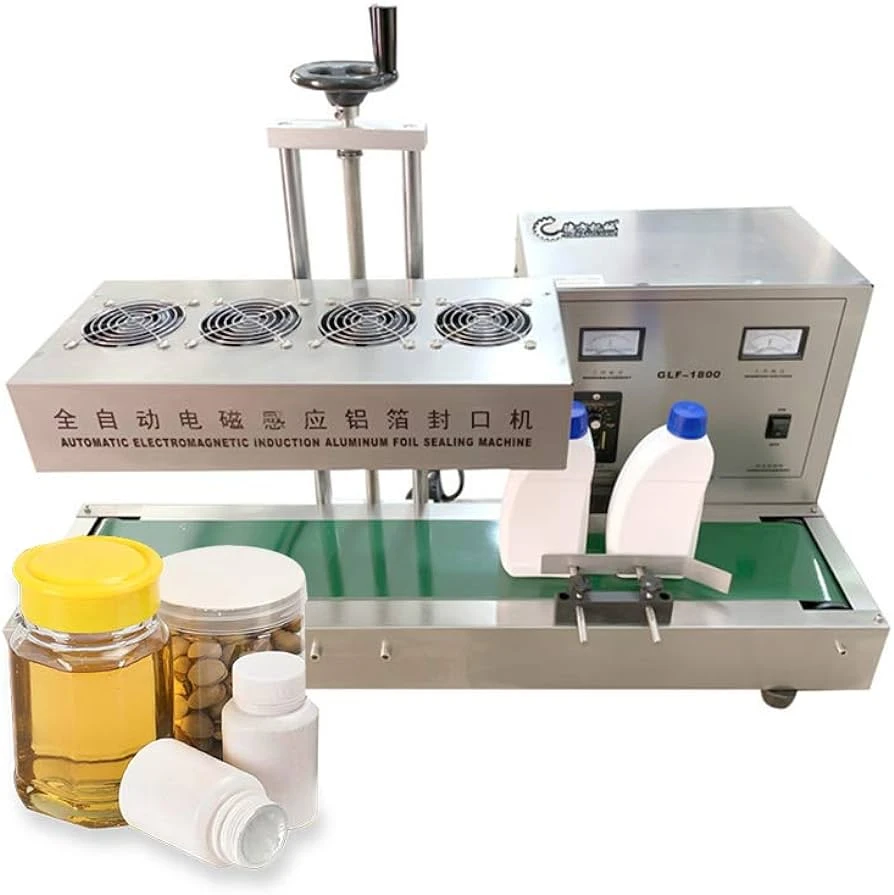
Design and structure
-
Machine frame: Typically built with a strong, durable frame to ensure stability and precision during operation.
-
Conveyor or product feeding system: Automatically delivers items to the sealing area.
-
Sealing system: Includes sealing heads, pressure systems, and temperature control for applying foil onto products.
-
Control and display system: Often operated via automated controllers with programmable parameters (temperature, pressure, sealing time), shown on a display panel.
-
Operating system: Controlled via electronic controllers or PLC (Programmable Logic Controller).
Sealing process
-
Product feeding: Items are loaded via conveyor or automatic feeder.
-
Foil sealing: The machine applies foil and seals it using heat and pressure.
-
Inspection and quality control: Automatic inspection systems may be included to ensure proper sealing and product quality.
Advantages
-
Increased productivity: Higher sealing speed and continuous operation boost output.
-
High accuracy and consistency: Automated processes deliver uniform and precise sealing.
-
Labor savings: Reduces reliance on manual labor, lowering associated costs and errors.
-
Operational flexibility: Can be programmed to handle different product types and sealing requirements.
Disadvantages
Despite the benefits, automatic sealing machines also have some drawbacks:
-
High initial investment: More expensive due to complex automation, potentially limiting access for small businesses.
-
Complex operation and maintenance: Requires trained personnel for operation and upkeep, increasing labor costs and training needs.
-
Limited handling of diverse products: Some machines may struggle with irregular shapes or sizes, requiring adjustments.
-
Reduced flexibility: Less adaptable to unique product requirements, possibly requiring costly machine upgrades.
-
Technical risks: Dependence on power and electronics poses risks during power outages or technical failures, requiring skilled technicians for troubleshooting.
In conclusion, while automatic sealing machines offer many advantages, their limitations must be carefully considered before implementation in a production environment.
Comparison between manual and automatic aluminum foil sealing machines
Cost
-
Manual: Lower initial cost; higher labor costs.
-
Automatic: Higher initial investment; lower labor costs.
Efficiency and productivity:
-
Manual: Slower, labor-intensive; less efficient.
-
Automatic: Faster, continuous operation; higher productivity.
Sealing quality and consistency:
- Manual: Depends on operator skill.
- Automatic: High precision and uniform results.
Maintenance and technical support:
- Manual: Easier to maintain; less technical skill required.
- Automatic: Requires skilled technicians; often supported by manufacturers.
Suitability for different production scales:
- Manual: Suitable for small businesses or limited production.
- Automatic: Ideal for large-scale operations focusing on efficiency and quality.
Conclusion
In summary, the choice between a manual and automatic aluminum foil sealing machine should be based on specific business needs, including budget, performance goals, quality requirements, and desired level of automation. This decision is crucial for any business involved in product sealing.
Ultimately, selecting between manual and automatic foil sealing machines depends on the specific conditions of each business, including financial resources, production scale, quality demands, and operational flexibility. A careful analysis and thorough consideration of business needs and goals will help achieve the optimal solution.

 Tiếng
Anh
Tiếng
Anh
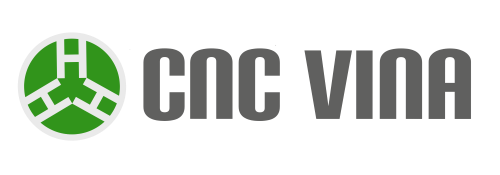


 Tiếng Anh
Tiếng Anh

